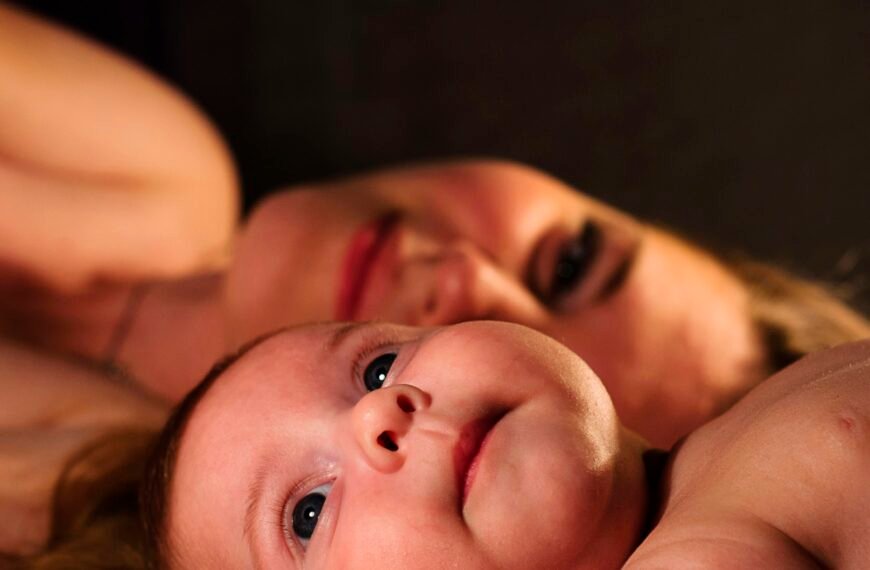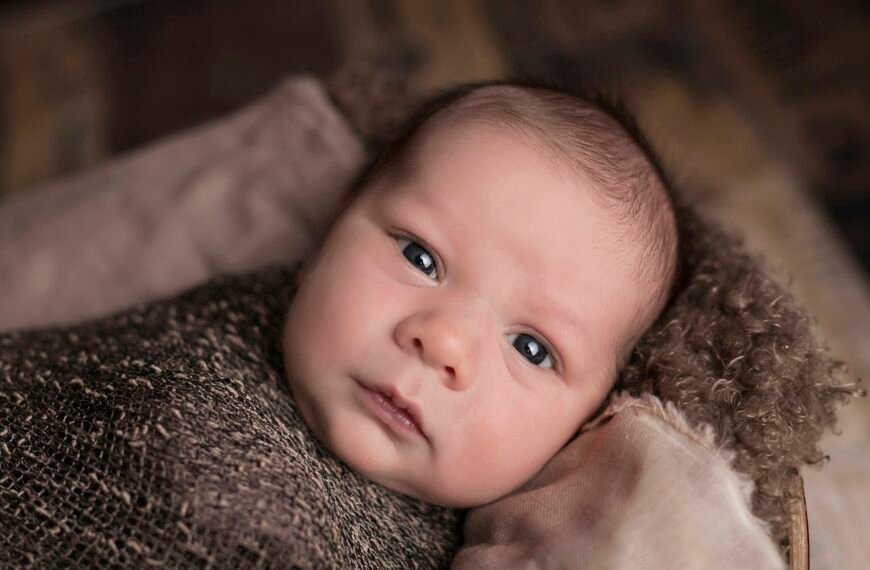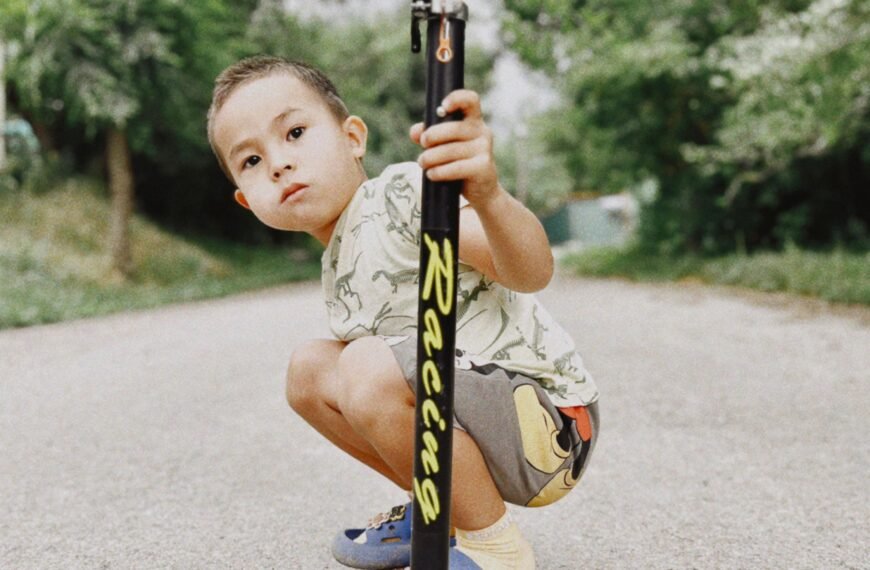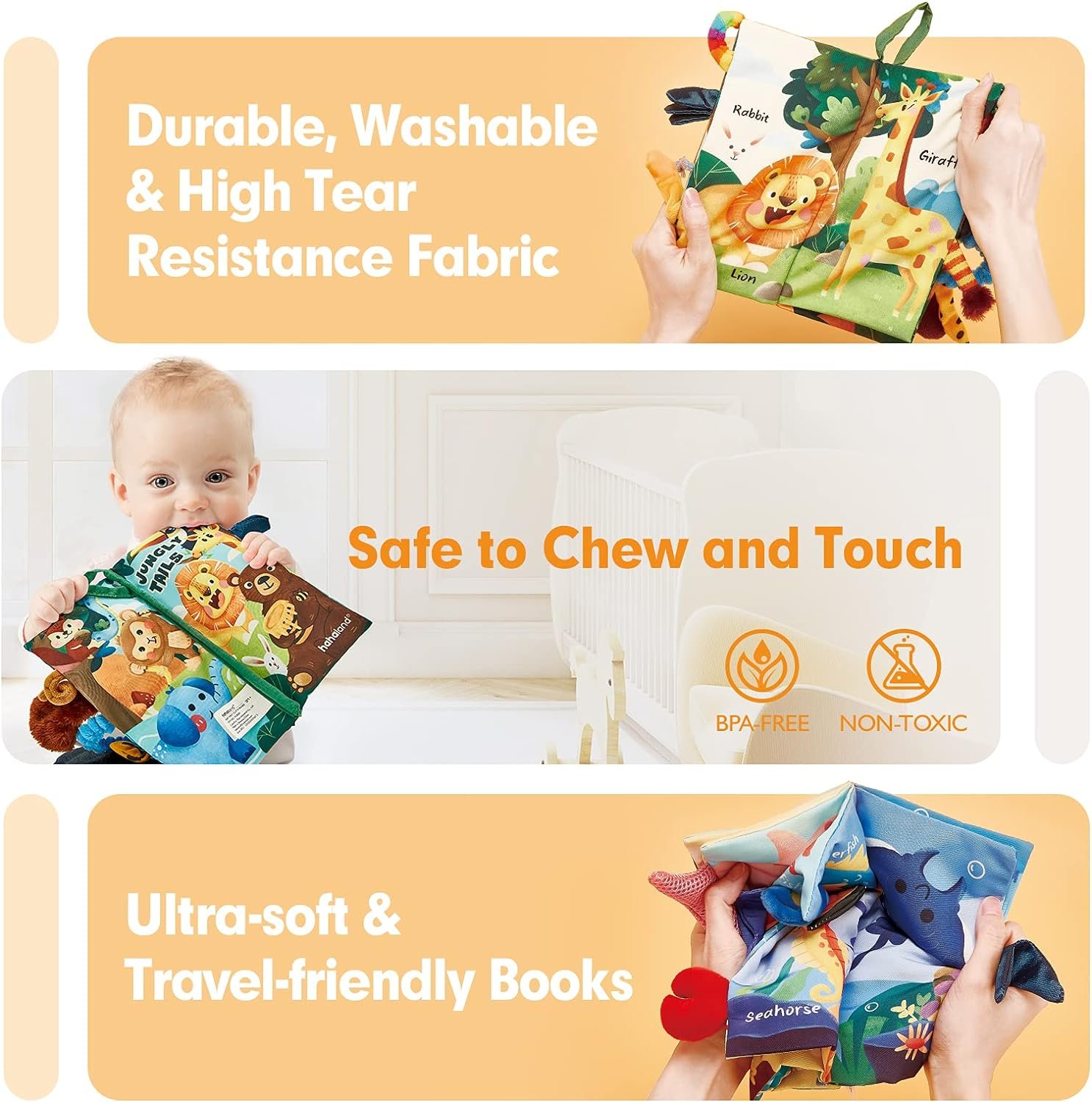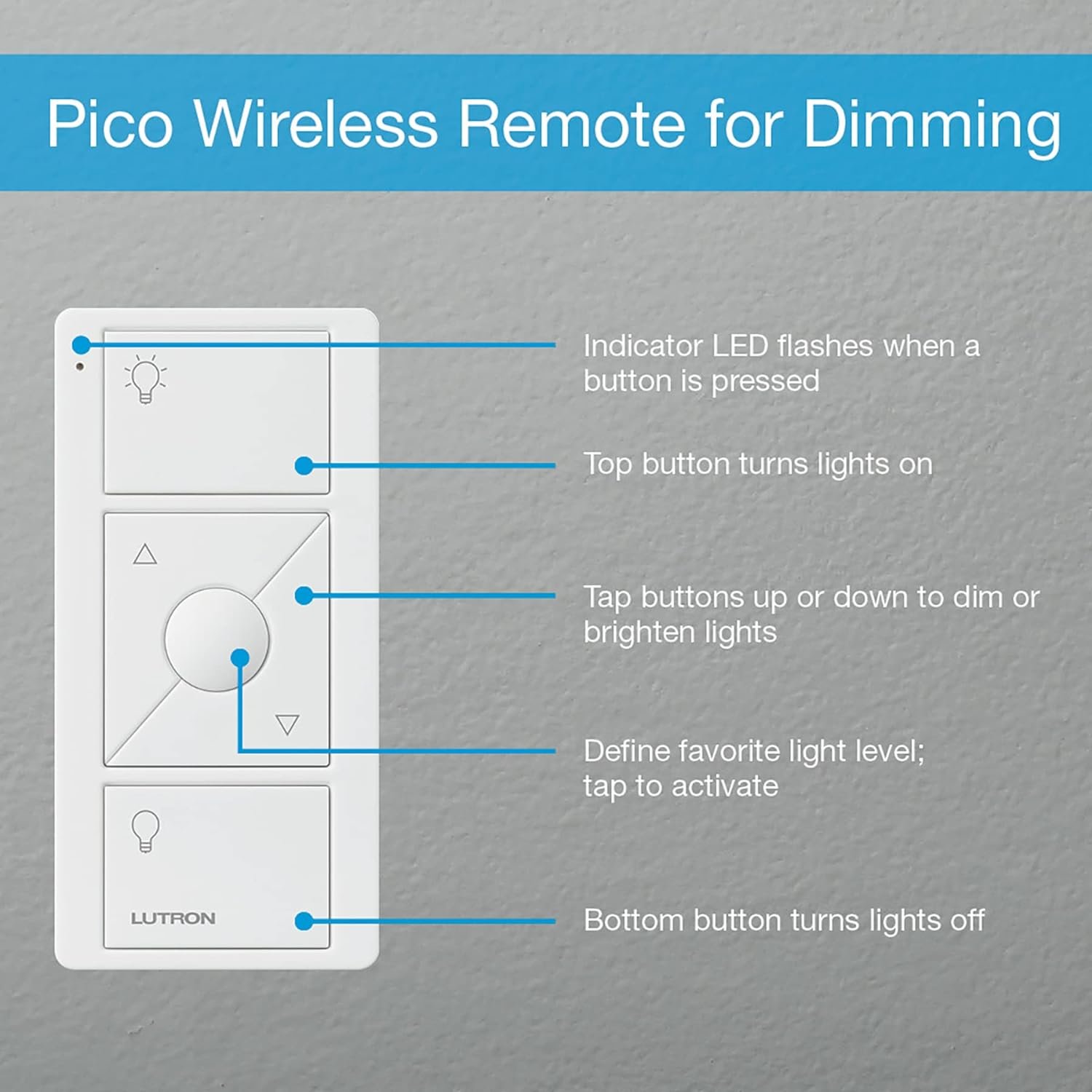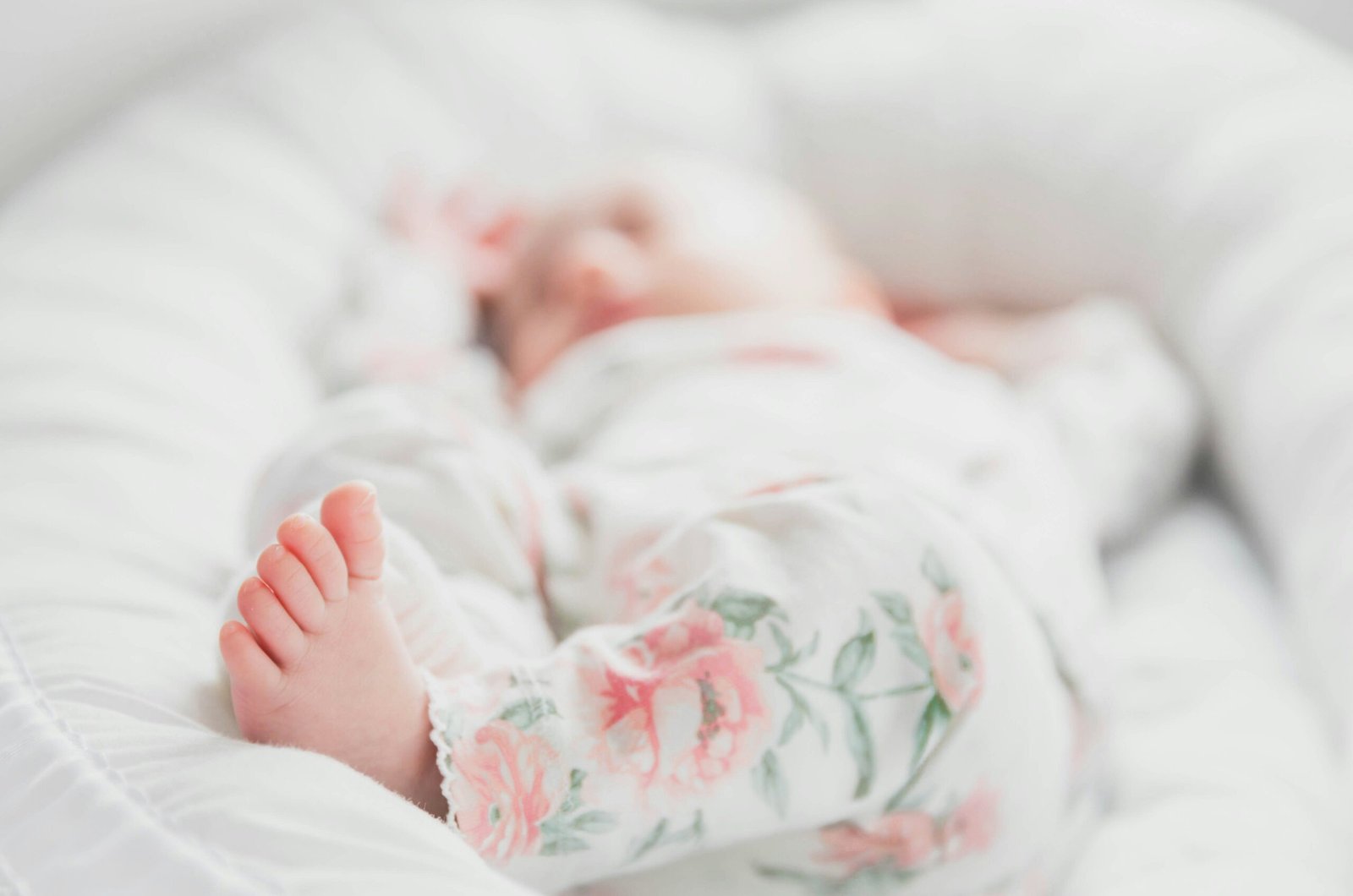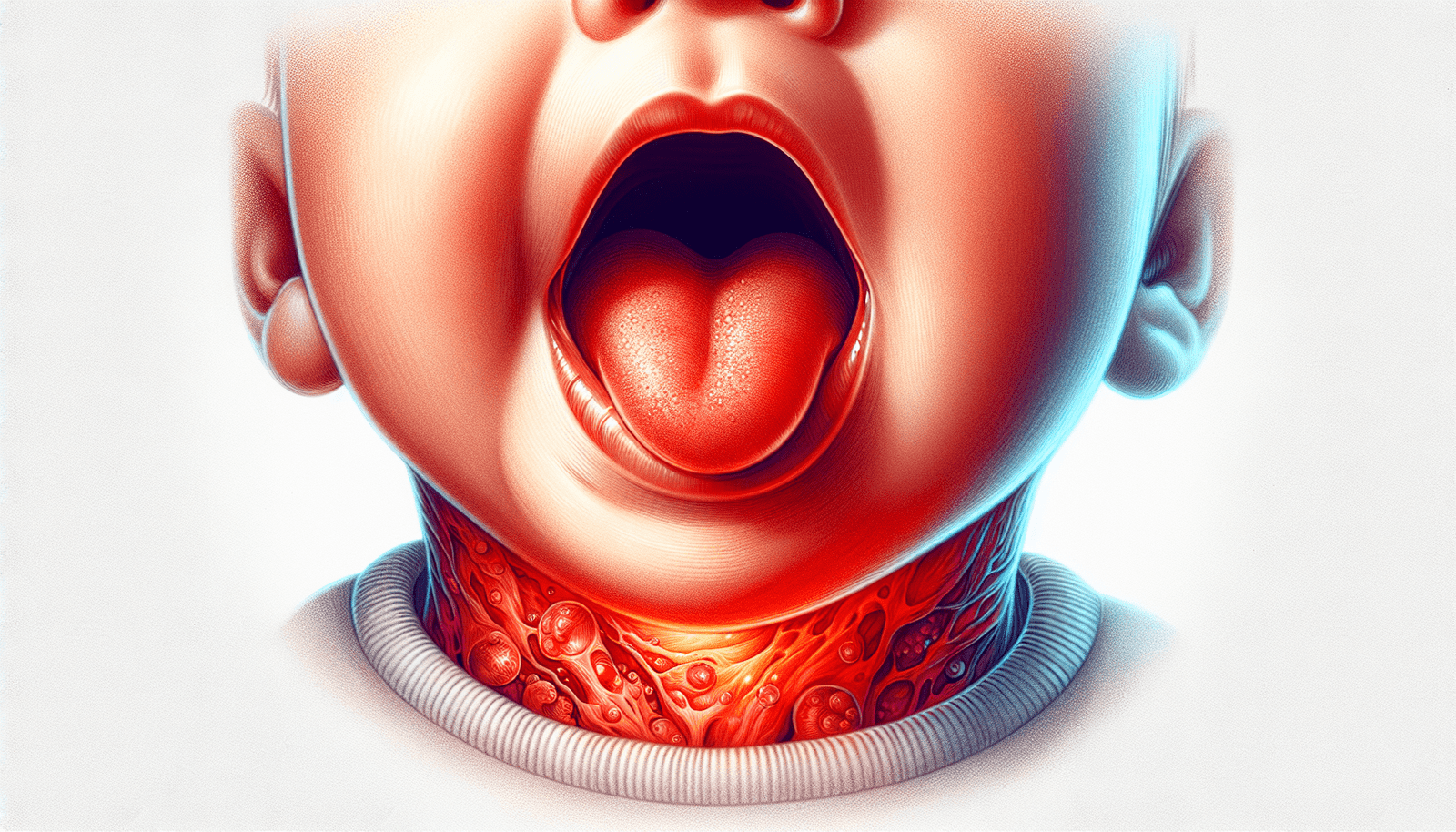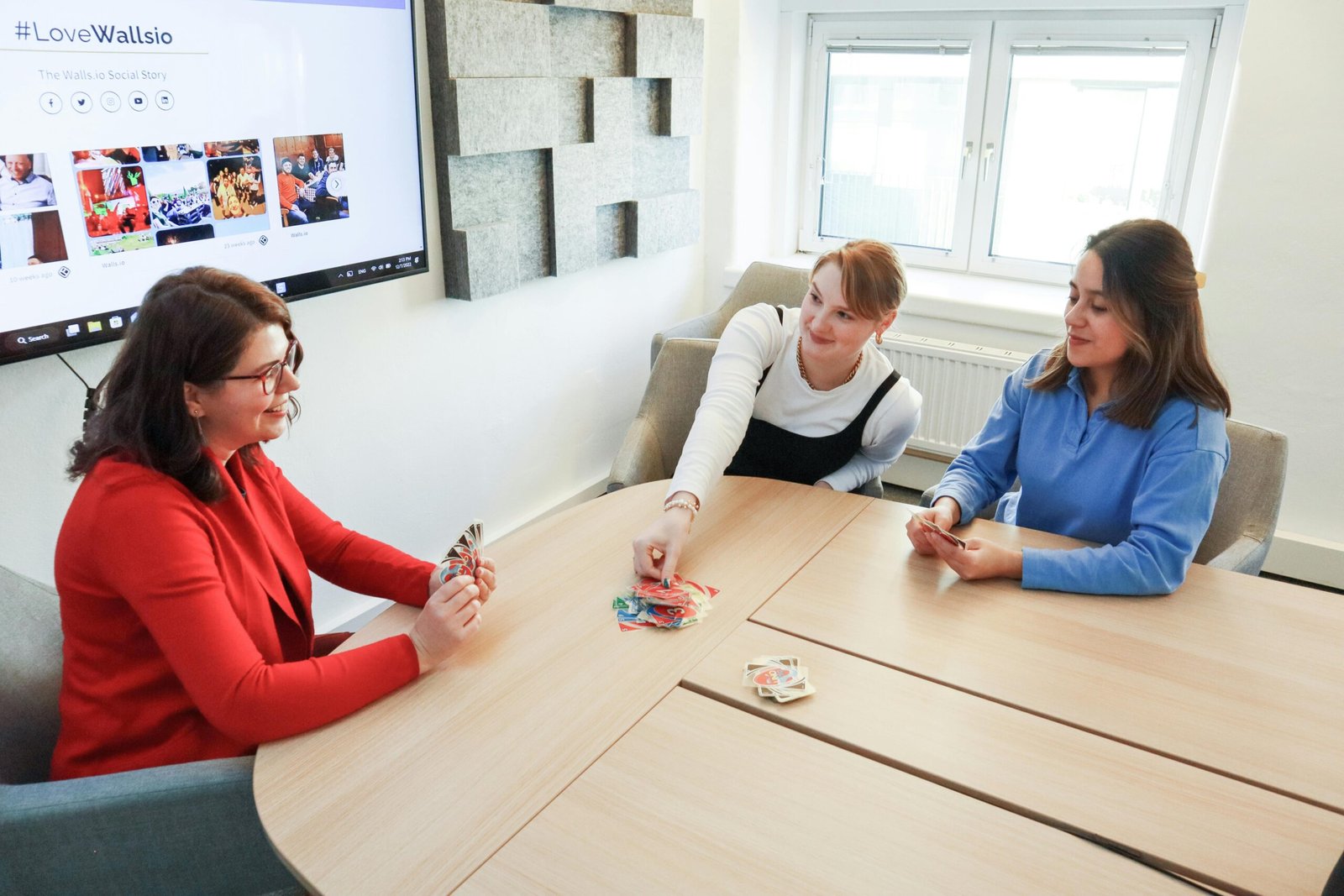Have you ever wondered how many toys your baby actually needs? As a parent, it can be overwhelming to navigate the vast world of baby toys. From plush animals to rattles and building blocks, the options seem endless. But fear not, because in this article, we will guide you through the process of determining how many toys are just right for your little one. So sit back, relax, and let’s unravel the mystery of how many toys a baby should have.
Check Baby Toys Guide & Review
Factors to Consider
Age of the Baby
When deciding how many toys your baby should have, one important factor to consider is their age. Babies of different ages have different developmental needs and interests. Toys that are appropriate for a newborn may not be engaging for an older baby, and vice versa. By taking your baby’s age into account, you can ensure that the toys you provide are suitable for their current stage of development.
Developmental Stage
Along with age, it’s crucial to consider your baby’s developmental stage. Babies go through various milestones and progress at their own pace. Some may be more advanced in certain areas, such as motor skills, while others may be focusing on cognitive development or language acquisition. By understanding your baby’s stage of development, you can choose toys that will help stimulate their specific areas of growth.
Personal Preference
Every child is unique, and their interests and preferences may vary. While certain toys may be popular or recommended for a specific age group, it’s essential to consider your baby’s personal preferences. Pay attention to what captures their attention and brings them joy. This will help you choose toys that align with their individual interests and keep them engaged and entertained.
Space Limitations
The amount of space available in your home is another factor to consider when determining how many toys your baby should have. If you have limited storage space or live in a smaller apartment, it may not be feasible to have a vast collection of toys. It’s important to strike a balance between providing enough toys for your baby’s development and ensuring that your home remains organized and clutter-free.
Budget Constraints
Another practical factor to consider is your budget. Toys can range widely in price, and it’s important to establish a budget that works for your family. While it’s tempting to want to buy every toy on the market, it’s not necessary or financially sustainable. By setting a budget, you can prioritize your spending and make informed choices about which toys to purchase for your baby.
Benefits of Having Sufficient Toys
Cognitive Development
Having a variety of toys can greatly support your baby’s cognitive development. Different toys provide different opportunities for learning and exploration. For example, puzzles can encourage problem-solving skills, while building blocks can enhance spatial awareness. By providing a range of toys that challenge your baby’s thinking and problem-solving abilities, you can promote their cognitive development.
Sensory Stimulation
Toys that offer sensory stimulation are essential for your baby’s overall development. Babies explore the world through their senses, and toys that engage their senses can have a significant impact on their growth. Toys with different textures, colors, and sounds can help develop their sensory perception and enhance their cognitive abilities. Soft toys, rattles, and play mats are examples of toys that can provide valuable sensory experiences.
Motor Skills Development
Toys play a vital role in supporting the development of your baby’s motor skills. Toys that require grasping, reaching, or pushing help strengthen their hand-eye coordination and fine motor skills. For instance, activity toys with buttons and knobs help develop finger dexterity, while balls encourage gross motor skills such as crawling, kicking, and throwing. Having an adequate number of toys that facilitate both fine and gross motor skills can promote your baby’s physical development.
Language and Communication Skills
Toys can also contribute to the development of your baby’s language and communication skills. Board books, for example, can introduce your baby to the world of language and help build their vocabulary. Interactive toys that produce sounds and phrases encourage early language development and communication. By providing toys that promote language exploration and interaction, you can support your baby’s language and communication skills.
Emotional and Social Development
Toys can have a significant impact on your baby’s emotional and social development. Soft toys or dolls, for example, can provide comfort and companionship, promoting a sense of security and emotional well-being. Additionally, toys that encourage cooperative play, such as board games or pretend play sets, can foster social skills such as sharing, taking turns, and interacting with others. By offering toys that promote emotional expression and social interaction, you can support your baby’s emotional and social development.
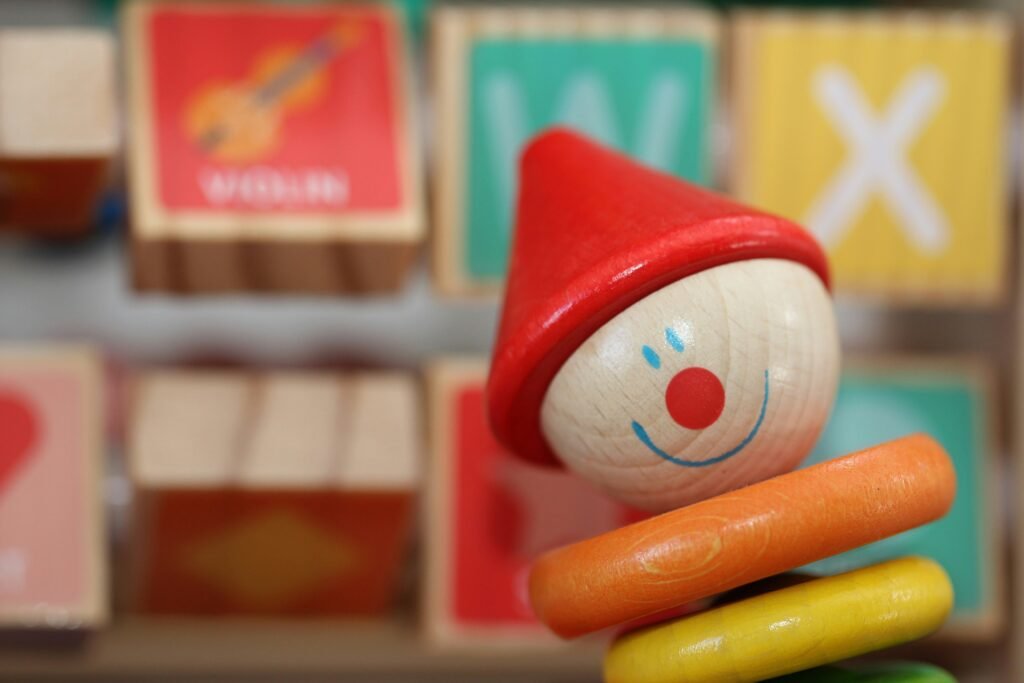
Potential Drawbacks of an Excessive Number of Toys
Overstimulation
Having an excessive number of toys can lead to overstimulation for your baby. Too many toys can overwhelm their senses and make it difficult for them to focus on any one toy or activity. This can potentially hinder their ability to engage fully with the toys and extract the maximum benefit from playtime. It is important to strike a balance and provide an appropriate number of toys to avoid overstimulation.
Difficulty Focusing
When your baby is faced with a multitude of toys, they may find it challenging to focus and concentrate on one toy at a time. This lack of focus can hinder their ability to fully explore and engage with each toy, limiting their learning and developmental opportunities. By reducing the number of toys available at any given time, you can help your baby develop the ability to focus and engage more effectively with individual toys.
Lack of Creativity
An excessive number of toys can sometimes limit your baby’s creativity. With an overwhelming number of pre-designed toys, there may be less room for imagination and creative play. Having a few open-ended toys, such as building blocks or art supplies, can encourage your baby to explore their own ideas, problem-solve, and engage in imaginative play. Providing a balance between structured and open-ended toys can promote creativity and imagination.
Minimal Engagement with Each Toy
When there are too many toys available, your baby may only spend a short amount of time with each toy before moving on to the next. This limited engagement can prevent them from fully benefiting from the play experience. By reducing the number of toys and encouraging longer play sessions with individual toys, you can enhance their concentration, exploration, and learning.
Clutter and Disorganization
An excessive number of toys can quickly lead to clutter and disorganization in your home. This not only makes it challenging to find specific toys but can also create an overwhelming and chaotic environment for your baby. A clutter-free space allows your baby to focus on their toys and promotes a calm and organized atmosphere. By keeping the number of toys manageable, you can maintain an environment that is conducive to play and learning.
Recommended Number of Toys by Age
0-3 months
During the early months, your baby’s play needs are less focused on toys and more centered around sensory experiences and bonding. Providing a few safe and simple toys, such as rattles, textured teethers, or soft toys, is sufficient. Aim for 3-5 toys that offer different textures, sounds, or visual stimulation.
3-6 months
As your baby starts to develop their senses and motor skills, introduce toys that encourage exploration, grasping, and hand-eye coordination. Examples include activity mats, colorful rings, or toys with different textures. Aim for 6-8 toys that provide a variety of sensory and motor experiences.
6-12 months
At this stage, your baby is becoming more mobile and curious about their surroundings. Toys that promote crawling, cruising, and problem-solving become more relevant. Consider toys such as push toys, stacking cups, or simple puzzles. Having around 8-10 toys that stimulate movement, problem-solving, and motor skills is ideal.
1-2 years
As your baby transitions to the toddler stage, their play needs expand to include pretend play, language development, and fine motor skills. Toys such as dolls, trucks, shape sorters, or building blocks become suitable choices. Aim for 10-12 toys that support their emerging creativity, fine motor skills, and social play.
2-3 years
At this age, your child’s play becomes more complex and interactive. Toys that encourage imaginative play, role-playing, and problem-solving become essential. Examples include dress-up clothes, pretend play sets, puzzles, or art supplies. Aim for 12-15 toys that offer a range of opportunities for creative, imaginative, and cognitive development.

Choosing Age-Appropriate Toys
Safety Considerations
When selecting toys, safety should always be a top priority. Ensure that the toys you choose are age-appropriate, well-constructed, and free from small parts or choking hazards. Look for toys that have passed safety regulations and standards, as indicated by appropriate labels and certifications. Regularly inspect toys for any signs of wear or damage and promptly replace or repair them as needed.
Sensory and Interactive Features
Toys that engage your baby’s senses are particularly beneficial. Look for toys that offer different textures, colors, and sounds to stimulate their sensory development. Interactive features, such as buttons or knobs that produce lights or sounds, can also enhance their engagement and learning. By choosing toys that offer sensory and interactive experiences, you can keep your baby entertained and support their cognitive development.
Educational Value
When selecting toys, consider their educational value. Look for toys that can teach your baby new skills, concepts, or encourage problem-solving. Toys that promote early literacy, numeracy, or introduce basic scientific principles can support their early learning. By choosing toys with educational value, you can create a stimulating environment that fosters your baby’s growth and development.
Variety and Versatility
To maintain your baby’s interest and engagement, it’s important to provide a variety of toys. Look for toys that offer different play experiences, such as a mix of fine motor, gross motor, and imaginative play options. Versatile toys that can be used in multiple ways or adapted as your baby develops new skills are also beneficial. By offering a range of toys, you can keep playtime interesting and cater to your baby’s evolving interests and abilities.
Longevity and Durability
Choosing toys that are built to last can save you money in the long run. Look for toys that are made from durable materials and are designed to withstand the wear and tear of play. Toys that can be enjoyed for an extended period or passed down to younger siblings not only provide value for money but also reduce waste. By prioritizing longevity and durability, you can ensure that your baby’s toys remain enjoyable and safe for long-term use.
Toy Rotation and Organization
Benefits of Toy Rotation
Implementing a toy rotation system can offer several benefits for your baby. By rotating toys, you can keep playtime fresh and exciting, preventing boredom from setting in. It also helps your baby focus on a smaller selection of toys, enhancing their engagement and attention span. Additionally, toy rotation allows you to assess which toys are most beneficial for your baby’s development and remove any toys that are no longer age-appropriate or engaging.
Establishing a Toy Rotation System
To establish a toy rotation system, start by organizing your baby’s toys into different categories or groups. Select a few toys from each category to create a rotation set. Keep the remaining toys out of sight or in storage. Set a schedule for rotating the toys, whether it’s weekly or monthly. When it’s time to rotate, swap out the toys in the play area with the ones in storage. This ensures that your baby has a fresh selection of toys to explore regularly.
Organizing Toys Effectively
To keep your baby’s toys organized and easily accessible, consider investing in storage solutions that suit your needs and available space. Clear plastic bins or baskets with labels can help keep toys sorted, making it easier to find specific toys and keep track of your rotation system. Utilize shelves, cubbies, or toy chests to store toys and encourage your baby to participate in tidy-up time. By organizing toys effectively, you can create a play area that is both functional and visually appealing.

Quality Over Quantity
The Importance of High-Quality Toys
When it comes to toys, quality should always take precedence over quantity. High-quality toys are designed with safety, durability, and educational value in mind. They are made from non-toxic materials, have passed safety regulations, and are built to withstand rigorous play. Investing in high-quality toys ensures that your baby can explore, learn, and play in a safe and stimulating environment.
Prioritizing Open-Ended Toys
Open-ended toys are those that can be used in a variety of ways and encourage creativity and independent play. Examples include building blocks, art supplies, or simple play sets. These toys allow your baby to explore their imagination, problem-solve, and engage in open-ended play scenarios. By prioritizing open-ended toys, you provide your baby with opportunities for self-directed play and creativity.
Evaluating Toy Safety and Regulations
Before purchasing toys for your baby, take the time to evaluate their safety features and compliance with regulations. Look for toys that have been tested for safety and carry appropriate certifications, such as ASTM (American Society for Testing and Materials) or CPSC (Consumer Product Safety Commission) labels. Read reviews and consider feedback from other parents to help determine the quality and suitability of a toy. An informed evaluation ensures that you select toys that are both safe and beneficial for your baby.
Alternatives to Toys
Everyday Household Items
Don’t overlook the potential for everyday household items to serve as toys for your baby. Simple objects such as wooden spoons, plastic containers, or empty boxes can provide endless entertainment. These items spark your baby’s imagination, promote problem-solving skills, and encourage sensory exploration. Just be sure to choose items that are safe and supervise your baby during playtime with household items.
Nature and Outdoors
Nature provides a wealth of sensory experiences and learning opportunities for your baby. Taking your baby outdoors exposes them to different textures, sounds, and natural elements. Allow them to touch leaves, feel grass, or explore the sand at the beach. Nature walks, visits to parks, or even a backyard adventure can offer unique and stimulating play experiences for your baby.
Interactive Experiences
Engaging in interactive experiences with your baby is another way to provide play opportunities beyond toys. Singing songs, playing peek-a-boo, or engaging in gentle tickling games can be just as entertaining and beneficial for your baby as any toy. These interactions foster bonding, language development, and emotional connection. Look for ways to incorporate these interactive experiences into your daily routines and spend quality time with your baby.
Books and Reading
Books are a valuable alternative to toys, promoting language development and early literacy skills. Reading aloud to your baby introduces them to new words, concepts, and stories. Books with sensory features, such as touch-and-feel or lift-the-flap books, provide additional sensory stimulation. Make reading a part of your daily routine and offer a variety of age-appropriate books to engage your baby’s imagination and promote a love for reading from an early age.
Engaging with Your Baby
Playtime Interactions
Engaging with your baby during playtime is crucial for their development and bonding. Get down on their level and interact as they explore their toys or surroundings. Narrate their actions, ask open-ended questions, and provide positive reinforcement. Join in their play by imitating their actions or incorporating your own play ideas. By actively engaging with your baby during playtime, you can promote their cognitive, social, and emotional growth.
Bonding Activities
Playtime is an opportune moment for bonding with your baby. Create a loving and nurturing environment by showing affection, smiling, and making eye contact. Use playtime as an opportunity to cuddle, sing to them, or engage in gentle physical play. These bonding activities contribute to a secure attachment between you and your baby, promoting their emotional well-being and sense of security.
Encouraging Imagination and Creativity
Supporting your baby’s imagination and creativity is essential for their development. Allow them to explore their toys in open-ended ways, encouraging role play and imaginative scenarios. Offer materials such as art supplies, building blocks, or dress-up clothes to stimulate their creative thinking. Avoid dictating how they should play and instead let their imagination lead the way. By fostering their creativity, you provide opportunities for problem-solving, self-expression, and cognitive development.
Observe and Respond to Your Baby’s Interests
Observe your baby’s interests and follow their lead during playtime. Notice which toys or activities captivate their attention the most and provide more opportunities for exploration in those areas. Offer toys or experiences that align with their interests and provide appropriate levels of challenge and stimulation. By observing and responding to your baby’s individual preferences and curiosities, you can create a stimulating and enjoyable play environment.
Conclusion
When determining how many toys your baby should have, it’s important to consider factors such as their age, developmental stage, personal preferences, space limitations, and budget constraints. Providing a variety of toys that are age-appropriate, safe, and engaging can have numerous benefits for your baby’s cognitive, sensory, motor, language, emotional, and social development. However, it’s essential to strike a balance and avoid an excessive number of toys, as this can lead to overstimulation, difficulty focusing, lack of creativity, minimal engagement, and clutter. Prioritizing high-quality toys, incorporating toy rotation, and exploring alternatives such as everyday household items, nature, interactive experiences, and books can further enrich your baby’s playtime. Remember to actively engage with your baby, foster their creativity and imagination, and observe and respond to their individual interests. By creating a stimulating and nurturing play environment, you can support your baby’s holistic growth and development.








